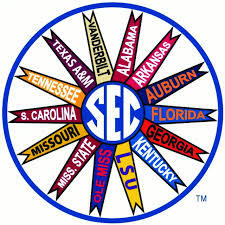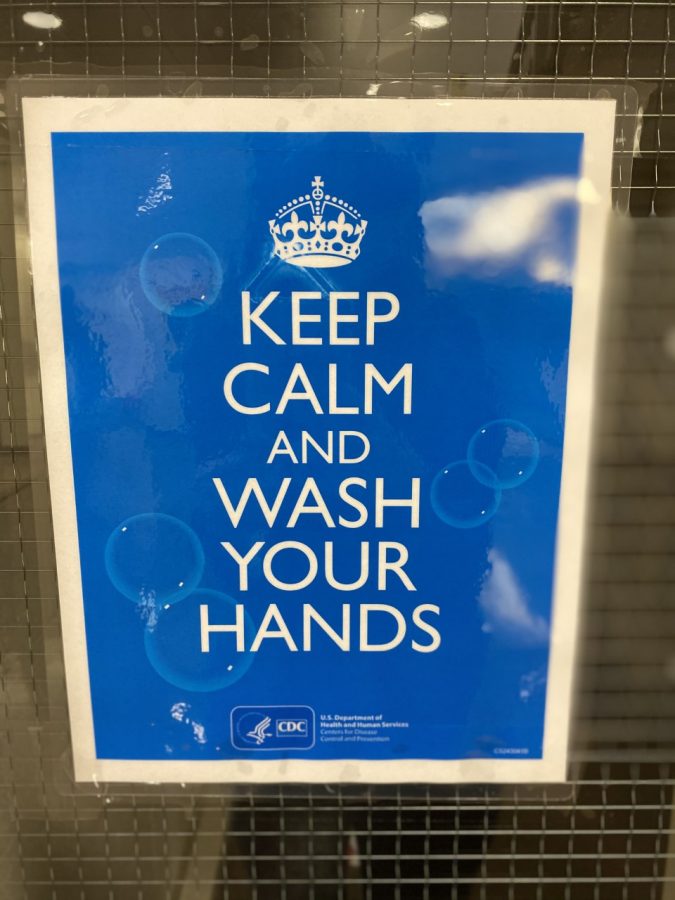At exactly seven A.M., Mr. D’Amore unlocks the door of Room 319.
Like every morning, he slides his laptop onto his desk and squints at the dozens of bell schedules and calendars in his corner, taped up above the buffet of neatly stacked worksheets on the file cabinet behind him that spread over onto another table.
Student-made posters circle around the room- a Wall of Fame of the best projects; guides to aspects of buying cars; case studies; definitions of marketing terminology–all with vivid colors and illustrations that catch the attention of anyone who enters the room. Some new this semester; some from the earlier years of D’Amore’s occupancy at RMHS. He used to teach in a tiny, windowless classroom, but after Mrs. Lynch’s retirement, Mr. McCarthy and him were both able to snag “real” rooms.
Tucked away on a balcony to the right of RMHS’s main stairwell, 319 embodies the style of a business classroom: the desks and chairs are replaced with large, pencil-scrawled tables and spinny office chairs. Reminders about presentation deadlines and the upcoming Entrepreneurship test are scribbled across the whiteboards, a smudged expo-marker doodle peering out from behind the smartboard.
Who is Mr. D’Amore?
Mr. D’Amore didn’t start off as an educator. He attended the renowned D’Amore-McKim School of Business at Northeastern University- “Must’ve thought I was his cousin or something,” he jokes- for a Bachelor’s in Marketing with a minor in Italian, and did sales at Techtronic Industries (TTI), a large corporation with a focus on power tool brands like Milwaukee, for his Co-op. After graduating, he returned to TTI, working there for over four years with much success.
“In that world, everybody sort of understood the sort of groundwork; the key concepts, or everybody was from a similar educational background with a business degree and had previous experience. Then, coming into here, there’s students, grades 9-12, and I learned pretty quickly that nobody really had any sort of business knowledge,” he explains. “So, when I started teaching Intro to Business, I had to pull back and take things slow: I’d talk about very fundamental things and then just build on it slowly.”
Several years’ worth of posters from the first project of Intro to Business assert What is profit? Revenue-Expenses all in a line. A class most commonly taken by freshman and sophomore students, Intro to Business fulfills a credit requirement and acts as a prerequisite for all business courses at RMHS other than Financial Literacy, which is also meant to be taken by younger students.
Why take business courses?
Mr. D’Amore has seen first hand how kids end up unprepared for life beyond school. “The reality is, once you leave high school, you turn 18, and you’re on your own, you’re gonna get hit by things like taxes, managing your banking accounts; checking; savings, needing to start saving for the long-term, and paying bills. There’s so much that slaps you in the face that in most cases, students have no idea: they just learn as they go.” Lots of students have complained that school hasn’t taught them things like how to get a job, or want RMHS to offer Home Economics classes and teach them about taxes. But the truth is, this school already has classes doing exactly that- in the business department.
“With the courses we offer here at RMHS, we’re offering students a way to get exposure to all of these things. In Financial Literacy, we start with time management.” He gestures to a poster across the room, which shows a schedule based on a drawing of basketball-clock. “Once you learn how to manage your time, you learn how to apply for jobs; how to write a resume; a cover letter; all the skills that you’re going to need.”
Mr. D’Amore explains that in higher elective classes like Entrepreneurship or Marketing, which are only available to Juniors and Seniors, he’d seen a good amount of students who had done some work in a business field, whether it was starting a clothing store, getting a part-time job at a local company, or helping run a family landscaping business. “It was interesting to see that they were using the tools available to them outside of the classroom, like social media, to run ad campaigns, or promote what they were selling, because the youth is all over TikTok and Snapchat. It’s nice to see that stuff used in a positive way.”
“Students always ask me, ‘What’s the best stock to invest in?’ and the best answer- you can ask Warren Buffet, he’d say the same thing-” D’Amore says, turning his computer to face me. The screen shows a stock graph that’s consistently increasing over time. “Is the S&P 500 and index funds. For the duration of your life, starting at 18 or 20 years old, you put aside a little extra money every month, and in 25 years, just from compound interest, you’ll have close to a million dollars.” He jokes that if he’d known about investing back when he was in high school, he’d have that money already. In D’Amore’s Economics class, he teaches how students can understand market changes, make strong investments, and build wealth over time.
The worst- and the best
“If I’m being honest, dealing with behavioral issues is the biggest challenge I’ve dealt with working here,” D’Amore sighs, a bit exasperated, leaning back in his chair. All business classes are unleveled electives, so there’s no separation of the people that take the class because of a genuine interest in business or just because they have to. Every teacher has to wrangle listless or disruptive students, but teaching five rowdy classes of all grade levels every day worsens that task. Still, he likes to get all his work done at school when he can, to give himself time to relax at the end of the day.
“When I first got into teaching, I didn’t realize that a large aspect of the job is keeping kids engaged, making them interested- coming up with creative ways to present the material. I’ve found that the only thing that really impacts students’ behavior is them being able to see something that directly impacts their grade.” D’Amore’s signature move is a 30-point participation grade: if students behave, they get all 30 points. If they don’t, he’ll put in a zero, which can make their grade plummet and actually get them to worry about the class. He’s even made students sign a “contract,” about acceptable behaviors in the classroom. A laminated list of classroom expectations pinned next to the whiteboards serves as an additional reminder for less astute students.
It’s tough work, but D’Amore enjoys his job, especially when he gets particularly passionate, involved students. “Just knowing that I could have some sort of impact on students, maybe throughout their high school career and at the next level; to inspire them to get into business, and unlock that interest in business: because maybe it was there before and they never knew about it.” He points out a couple of his favorite posters, naming the class and student who created them.
“So, probably the most satisfying thing is helping students to realize that this is the career field for them.” He reiterates. “Maybe they don’t perform as strong in a reading and writing course or math, but they have the ability to be very personable- they get along with people and build good relationships. Maybe because they took a marketing course they realized they would want a career in sales, and they wouldn’t have realized that if they didn’t take my course.”











